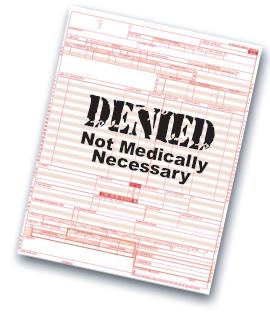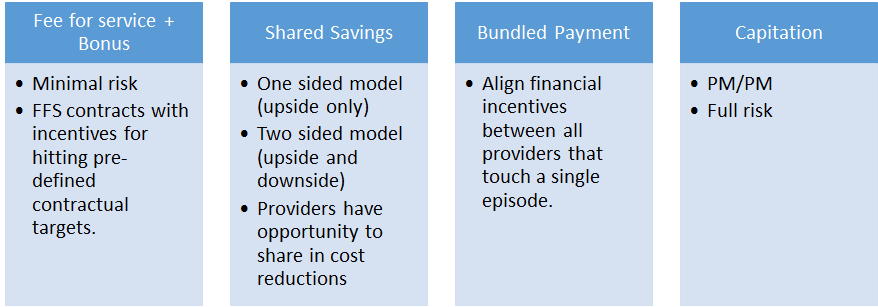 By: Karina Gonzalez
By: Karina Gonzalez
One of the most commonly overlooked components of a managed care contract is the definitions section despite the fact that what is contained here will affect the contracted provider on a daily basis. Contract terms that are too generic so that they are not clearly defined and understood as they relate to a particular area of practice can have a direct influence on clinical decision making. A patient may need a higher level of care but be approved for a lower level only. The provider knows that a patient may suffer if the level approved will not treat the illness or that the patient’s condition could deteriorate without a higher level of care.
Let’s take, for example, the definition of medical necessity in a contract. Who decides medical necessity? Is it the provider or is it the managed care organization (MCO)? Many contracts state that the term “medical necessity” relates only to the issue of reimbursement. Further, that the approval or denial of a claim is “for reimbursement purposes only” and should not affect the provider’s judgment on whether treatment is appropriate to treat the illness, symptoms or complaints of the patient. Continue reading

 By:
By: 






